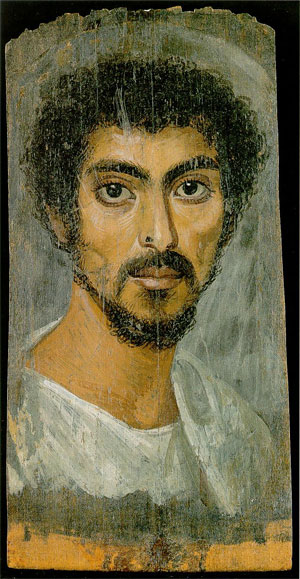About Encaustic
Encaustic is a painting method, also known as hot wax painting, that involves using melted beeswax. It is usually applied to a rigid, porous, surface such as wood, stone, plaster and so on, and can be reheated into a smooth or textured finish. Powered pigment and oil paint are often used to colorize the wax. Many artists use encaustic medium which is made from adding damar resin from the Dipterocarpaceae family of trees located in India and East Asia. The resin is used as a hardening and stabilizing agent for the wax.
that involves using melted beeswax. It is usually applied to a rigid, porous, surface such as wood, stone, plaster and so on, and can be reheated into a smooth or textured finish. Powered pigment and oil paint are often used to colorize the wax. Many artists use encaustic medium which is made from adding damar resin from the Dipterocarpaceae family of trees located in India and East Asia. The resin is used as a hardening and stabilizing agent for the wax.
Heat guns, torches and irons are used to manipulate the wax, and hot guns and irons are used to apply heat to bond each layer together. The wax can be reheated and reworked, and because it is impervious to moisture it will not deteriorate. Encaustic lends itself to painting and sculpture, as well as for dipping into and painting on paper. Different opaque and translucent effects are possible, and the wax can be textured, scraped and polished to a high sheen. Working in encaustic is completely, wonderfully different than any other medium.
Encaustic printmaking is a technique that uses an anodized aluminum hotplate. Encaustic paint is applied and manipulated on the hot plate and when the drawing is complete, paper is laid over the hot wax, soaking into the paper. The technique can be done more than once on the piece, and unusual effects can be produced. Lighter papers become beautifully transparent.
History of Encaustic
The word encaustic which means "burn in,” originates from a Greek word. Greek artists practiced encaustic painting as far back as the 5th century B. C. and today these paintings are as bright and glowing as the day they were painted. The website of R&F Handmade Paints has a complete Encaustic History.
